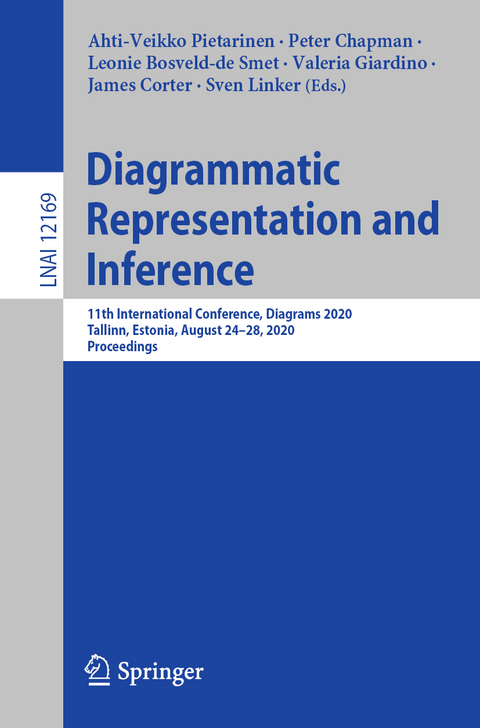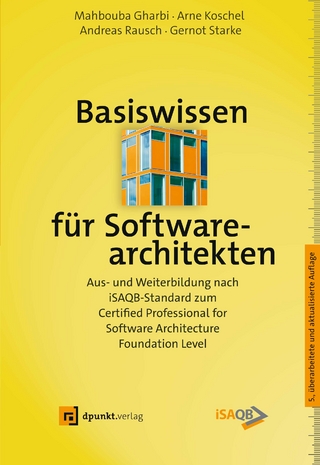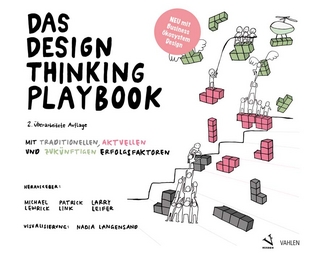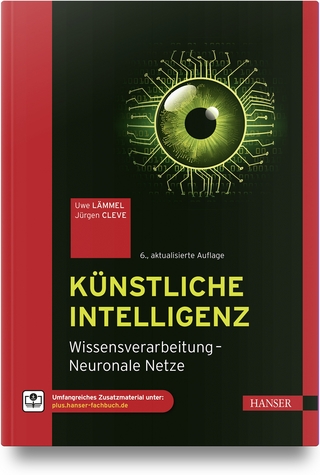
Diagrammatic Representation and Inference
Springer International Publishing (Verlag)
978-3-030-54248-1 (ISBN)
The 20 full papers and 16 short papers presented together with 18 posters were carefully reviewed and selected from 82 submissions. The papers are organized in the following topical sections: diagrams in mathematics; diagram design, principles, and classification; reasoning with diagrams; Euler and Venn diagrams; empirical studies and cognition; logic and diagrams; and posters.
*The conference was held virtually due to the COVID-19 pandemic.
The chapters 'Modality and Uncertainty in Data Visualization: A Corpus Approach to the Use of Connecting Lines,' 'On Effects of Changing Multi-Attribute Table Design on Decision Making: An Eye Tracking Study,' 'Truth Graph: A Novel Method for Minimizing Boolean Algebra Expressions by Using Graphs,' 'The DNA Framework of Visualization' and 'Visualizing Curricula' are available open access under a Creative Commons Attribution 4.0 International License via link.springer.com.
Diagrams in Mathematics.- On "overspecification" in medieval mathematical diagrams.- Transductive Reconstruction of Hippocrates' Dynamical Geometrical Diagrams.- Counting mathematical diagrams with machine learning.- Modes of continuity in diagram// Intermediate Value Theorem.- Modes of diagrammatic reasoning in Euclid's Elements.- A Mentalist Look at Gaussian Clock Arithmetic.- A Diagram of Choice: The Curious Case of Wallis's Attempted Proof of the Parallel Postulate and the Axiom of Choice.- Diagram Design, Principles, and Classfication.- A sketch of a theory and modelling notation for elucidating the structure of representations.- Modality and Uncertainty in Data Visualizations: A Corpus Approach to the Use of Connecting Lines.- Channel-Theoretic Account of the Semantic Potentials of False Diagrams.- Dissecting representations.- Towards Data-Driven Multilinear Metro Maps.- Visualizing Sound, Hearing Diagrams: On the Creative Process of Syrmos by Iannis Xenakis.- String Diagrams for Assembly Planning.- Reasoning with Diagrams.- An Alternative Reformulation of the Transformation Rules in the Beta Part of Peirce's Existential Graphs.- Observational Advantages and Occurrence Referentiality.- The Diagram Puzzle.- The Blot.- Two Implications and Dual-Process Theories of Reasoning.- Euler and Venn Diagrams.- Well-matchedness in Euler and Linear Diagrams.- Intuitionistic Euler-Venn Diagrams.- Schopenhauer Diagrams for Conceptual Analysis.- Euler diagrams for defeasible reasoning.- Empirical Studies and Cognition.- Event unit analysis: A methodology for anticipating processing demands of complex animated diagrams.- Evaluating Visualizations of Sets and Networks that Use Euler Diagrams and Graphs.- Visual causality: investigating the performance of graph layouts for understanding causal processes.- Influence of Shape, Density, and Edge Crossings on the Perception of Graph Differences.- Map or Gantt? Which diagram helps viewers best inspatio-temporal data exploration tasks?.- On effects of changing multi-attribute table design to decision making: An eye tracking study.- Logic and Diagrams.- Using Multigraphs to Study the Interaction between Opposition, Implication and Duality Relations in Logical Squares.- Opposition relations between prophecies.- Compositional Diagrammatic First-Order Logic.- Free Rides in Logical Space diagrams versus Aristotelian diagrams.- Fregean Logical Graphs.- Calculus CL as a Formal System.- Truth Graph: A Novel Method for Minimizing Boolean Algebra Expressions by Using Graphs.- Posters.- Syllogisms with intermediate quantifiers solved in Marlo logic diagrams.- The Indemonstrables of Chrysippus of Soli in Marlo logical diagrams. Could propositional calculus be nothing but syllogisms?.- `Tokenized' dynamic diagrams: An approach for improving mental model construction?.- Depicting negative information in photographs, videos, and comics: a preliminary analysis.- The Marlo diagram in the classroom.- Strength of Existential Graphs as a logical system.- The Sung Diagram: Revitalizing the Eisenhower Matrix.- Marlo's networks of expectations in the classroom: A tool for heterogeneous reasoning.- Experimenting with diagrams in mathematics.- Historio-graphy.- A Semiotic-Conceptual Analysis of Euler Diagrams and Concept Lattices.- On the shoulders of giants: Colourful argument trees for academic writing.- Beta Assertive Graphs.- Peirce's inclusion diagrams, with application to syllogisms.- The DNA Framework of Visualization.- Imagine a round square.- Visualizing Curricula.- Elucidating the Effects of Diagram Use Training for Math Word Problem Solving.
| Erscheinungsdatum | 31.07.2020 |
|---|---|
| Reihe/Serie | Lecture Notes in Artificial Intelligence | Lecture Notes in Computer Science |
| Zusatzinfo | XIII, 554 p. 448 illus., 120 illus. in color. |
| Verlagsort | Cham |
| Sprache | englisch |
| Maße | 155 x 235 mm |
| Gewicht | 860 g |
| Themenwelt | Mathematik / Informatik ► Informatik ► Betriebssysteme / Server |
| Informatik ► Software Entwicklung ► User Interfaces (HCI) | |
| Schlagworte | Applications • Artificial Intelligence • computer programming • Computer Science • conference proceedings • Data Visualization • Formal Logic • Graphic methods • graph theory • HCI • Human-Computer interaction • Informatics • Modal Logic • object-oriented programming • Ontologies • Research • Semantics • Software engineering • unified modeling language |
| ISBN-10 | 3-030-54248-3 / 3030542483 |
| ISBN-13 | 978-3-030-54248-1 / 9783030542481 |
| Zustand | Neuware |
| Informationen gemäß Produktsicherheitsverordnung (GPSR) | |
| Haben Sie eine Frage zum Produkt? |
aus dem Bereich


